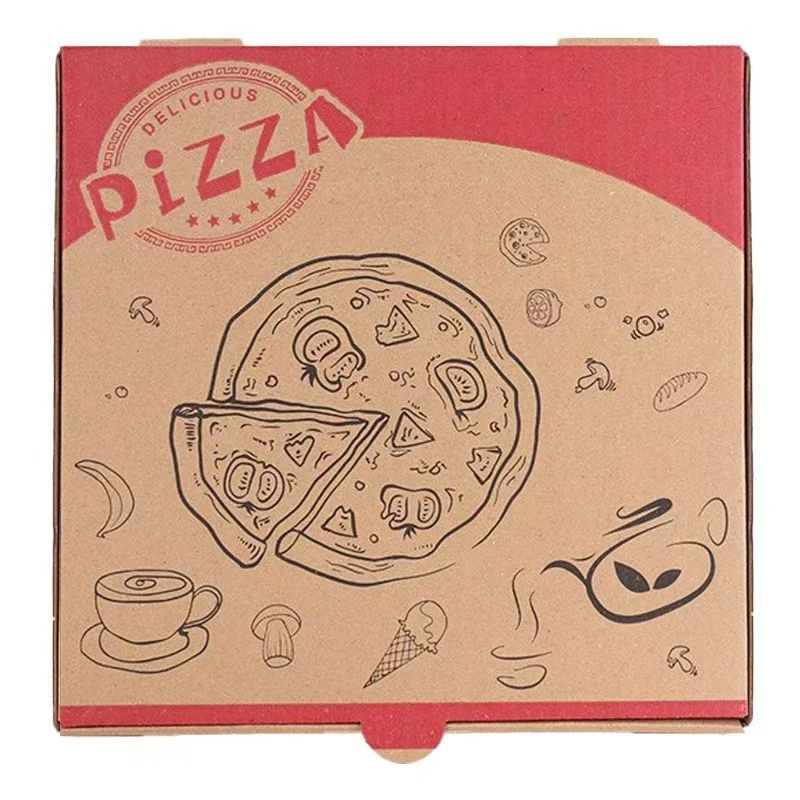Exploring the World of Food Containers A Guide to Keeping Your Culinary Creations Fresh
In today’s fast-paced world, the need for practical and efficient food storage solutions has never been greater. Food containers have become an essential tool in our culinary journeys, helping to preserve the freshness of our meals, manage leftovers, and conveniently pack lunches. This article will delve into the various types of food containers available, their benefits, and tips for making the best choices for your kitchen and lifestyle.
Types of Food Containers
1. Plastic Containers Plastic food containers are arguably the most common type of storage solution. They are lightweight, durable, and available in an array of sizes and shapes. BPA-free containers are particularly popular, as they offer safety for food storage without the risks associated with certain harmful chemicals. However, it’s important to note that not all plastics are microwave-safe, so always check labels before heating.
2. Glass Containers Glass food containers are gaining popularity due to their sleek design and sustainability. They do not retain odors like plastic and are microwave and dishwasher safe. Additionally, glass containers can be more environmentally friendly, as they are recyclable and often made from eco-conscious materials. However, they are heavier and more fragile than plastic, which may be a consideration for those on the go.
3. Stainless Steel Containers For those seeking an industrial touch, stainless steel food containers are a great option. They are extremely durable, lightweight, and resist staining and corrosion. Often favored by outdoor enthusiasts and meal-prep aficionados, they can help maintain food temperatures, keeping your meals warm longer. However, their opaque nature makes it hard to see what’s inside without opening them.
4. Silicone Bags and Containers Silicone food containers are an innovative solution for food storage. They are flexible, reusable, and often dishwasher-safe. Available in a variety of shapes and colors, silicone bags can replace single-use plastic bags, making them an eco-friendly choice. They are especially useful for marinating meats or storing snacks, allowing you to save space when not in use.
5. Vacuum Seal Containers Vacuum seal containers are for those serious about preserving food. By removing air from the container, these devices can significantly extend the shelf life of both cooked and raw foods. They are ideal for meal prep and reduce food waste effectively. Additionally, vacuum-sealed containers are perfect for sous-vide cooking, allowing for precise temperature control.
Benefits of Using Food Containers
- Food Preservation One of the greatest advantages of food containers is their ability to protect food from spoilage. Properly sealed containers minimize exposure to air, moisture, and bacteria, which can all lead to food waste.
food containers

- Organization With various sizes and shapes, food containers can help keep your kitchen clutter-free. It’s easier to stack and store containers in the refrigerator or pantry, making meal prep and storage more manageable.
- Portability Many food containers are designed for easy transport. Whether packing a lunch for work, preparing a picnic, or bringing a dish to a potluck, investing in sturdy, spill-proof containers can make a huge difference.
- Meal Prep For those looking to save time and eat healthier, meal prepping is becoming increasingly popular. Food containers make it easy to prepare meals in advance and portion them out, ensuring balanced diets and reducing the temptation to eat out.
Tips for Choosing the Right Food Containers
- Consider Your Needs Assess what types of food you want to store and how you plan to use the containers. For example, if you frequently transport meals, look for sturdy, leak-proof options.
- Check Material Safety Make sure that the materials are safe for food storage. Opt for BPA-free plastics or glass containers to avoid harmful chemicals.
- Look for Versatility Choose containers that can go from the freezer to the microwave to the dishwasher for added convenience.
- Think Long-term Investing in durable containers may cost more upfront but can save you money in the long run by reducing the need for replacements.
In conclusion, food containers are more than just simple storage solutions; they are essential tools that can enhance our culinary experiences. By understanding the various types available and their benefits, you can make informed choices that suit your lifestyle and help reduce food waste while keeping your meals fresh and organized.



